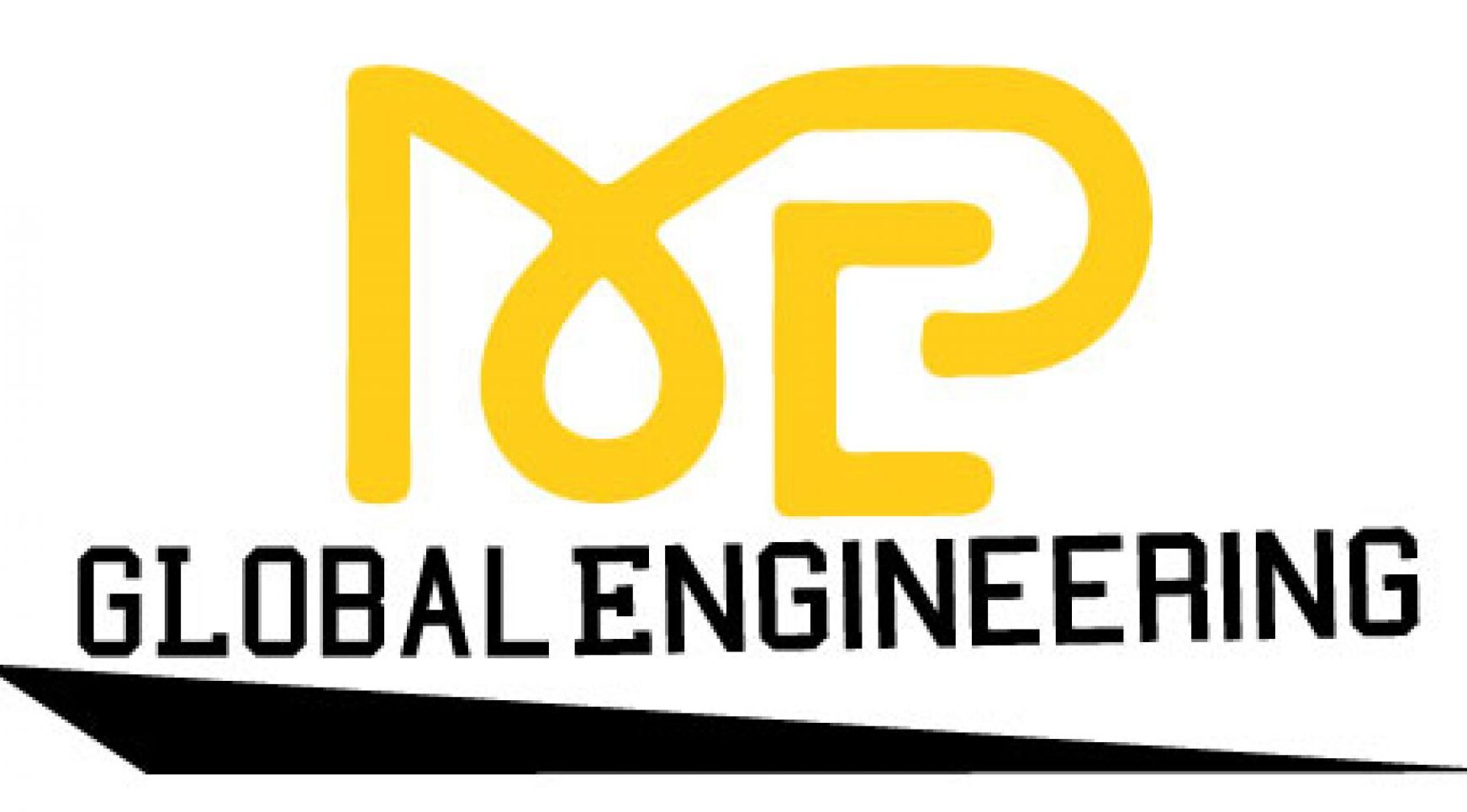
The importance of level of detail in BIM.
The Importance of Determining the Right Level of Detail for BIM Implementation
Within the realm of Building Information Modeling (BIM), the concept of Level of Detail (LOD) holds paramount significance as it encapsulates the precise degree of intricacy and comprehensive information embedded within a BIM model during various pivotal stages throughout the project lifecycle. This meticulous attention to detail ensures that every facet and element is meticulously accounted for, empowering stakeholders to make informed decisions with confidence and precision.
The Level of Development (LOD) framework is a powerful tool that enables stakeholders to gain a deep understanding of the development stage and accuracy of model elements. This comprehensive framework encompasses various LOD levels, starting from LOD 100 and going all the way up to LOD 500. Each distinct level signifies a specific degree of detail and precision, providing stakeholders with valuable insights into the evolving nature of the project model with unparalleled clarity and accuracy.
Building Information Modeling (BIM) services encompass the meticulous creation and digital orchestration of asset information for a wide array of structures ranging from towering buildings to intricate bridges, expansive highways, and even intricate tunnels. As the project progresses through its lifecycle, the level of detail meticulously evolves from the initial available information to capturing design intent, seamlessly transforming into a sophisticated virtual construction model, and finally culminating in an immaculate as-constructed Asset Information Model (AIM) that serves as a comprehensive digital twin of the physical asset.
This seamless process ensures that every aspect of the structure is meticulously documented and managed with unparalleled precision and efficiency. By adopting this comprehensive approach, BIM services not only adapt but also actively contribute at every crucial stage of a project. This strategic integration ensures a solid foundation for seamless project development and efficient management, setting the stage for success from inception to completion.
Employers play a crucial role in setting the standards for the level of detail required in the Employer’s Information Requirements (EIR), which serves as the foundation for developing the Building Information Modeling (BIM) protocol. This detailed framework not only guides project stakeholders on information management but also forms a legally binding contractual obligation that ensures clarity and accountability throughout the project lifecycle.
The comprehensive Model and Delivery Table will serve as a cornerstone, encapsulating a detailed summary of the intricate level of requirements. It is the esteemed responsibility of the model development team to meticulously curate and maintain this crucial task, ensuring that every detail is accurately captured and articulated.

Level of Development 100, or LOD 100 for short, signifies the initial stage in the architectural design process where conceptual ideas are brought to life using basic geometric shapes and minimal detailing. This foundational level sets the tone for the entire project, laying down a solid groundwork that will evolve into a more intricate and detailed design as the project progresses.
Level of Development 200, commonly known as LOD 200, represents an essential stage in the construction process where detailed information about the approximate quantities, sizes, shapes, and locations of building components are defined. This level of development provides a foundational understanding that guides the project towards successful completion by ensuring accuracy and precision in the planning and execution phases.
– LOD 300: This detailed level of development meticulously specifies precise geometrical information, sizes, shapes, quantities, and orientation of building elements. It ensures that every aspect of the building’s design is thoroughly documented with accuracy and clarity, serving as a valuable reference for construction teams and stakeholders alike.
Level of Development (LOD) 400 takes the model to a whole new level by incorporating intricate fabrication and assembly details, providing a comprehensive view that enhances the overall understanding and clarity of the project. This detailed information not only enriches the model but also serves as a valuable resource for ensuring precision and efficiency throughout the fabrication and assembly processes.
Level of Development (LOD) 500 stands at the pinnacle, showcasing an unparalleled level of intricate detail that includes precise representations of actual manufactured components within building structures. This level of detail ensures that every aspect is accurately depicted, leaving no room for ambiguity or error in the representation of building elements.
Choosing the right Level of Development (LOD) for a Building Information Modeling (BIM) project is a critical decision that hinges on various factors including the project stage, specific requirements, and the depth of information necessary for informed decision-making. Clearly defining and effectively communicating the intended LOD is paramount to fostering consistency and ensuring alignment among all project stakeholders. Skillfully managing the LOD not only fosters enhanced collaboration but also serves to minimize errors, thereby significantly boosting project efficiency across every phase of the construction lifecycle.




Hire Experts For Point Cloud to BIM services MEP Global
[…] cloud scans offer an unparalleled level of precision in capturing the intricate details of structures, spatial arrangements, and as-built conditions. Every nook and cranny, every […]